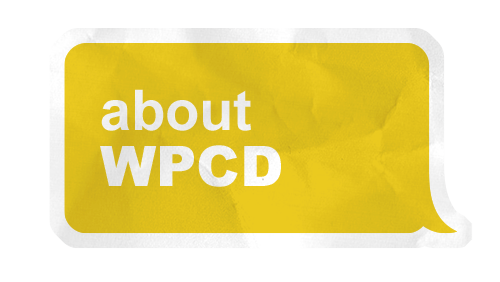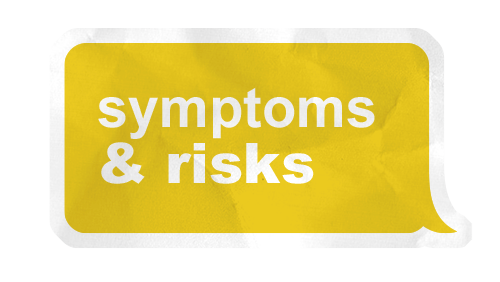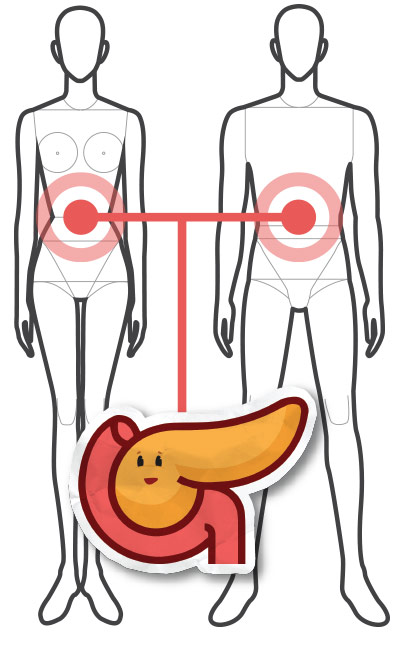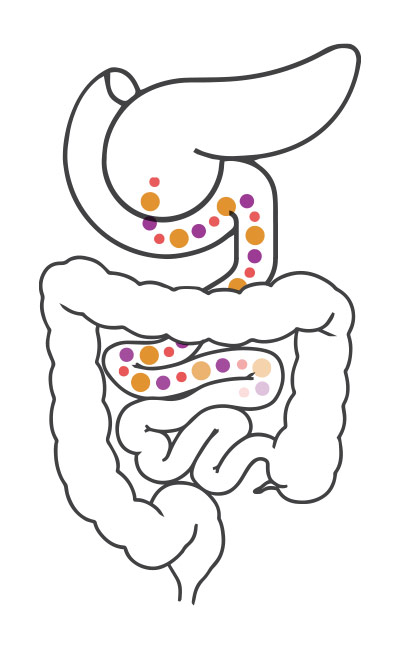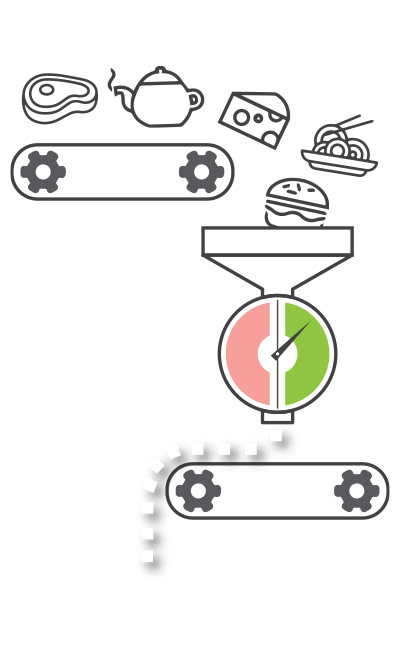What is a pancreas?
This year the WPCC would like to reintroduce you to your pancreas in the hopes that more people around the world understand the importance of this small but mighty organ.
Say “Hello Pancreas” and scroll down to learn more.
The pancreas is a gland, about six inches long, located in the abdomen. It is shaped like a flat pear and is surrounded by the stomach, small intestine, liver, spleen and gallbladder. The wide end of the pancreas on the right side of the body is called the head. The middle sections are the neck and body.
The thin end of the pancreas on the left side of the body is called the tail. The uncinate process is the part of the gland that bends backwards and underneath the head of the pancreas. Two very important blood vessels, the superior mesenteric artery and superior mesenteric vein, cross behind the neck of the pancreas and in front of the uncinate process. The pancreas is both an exocrine gland and endocrine gland and has two main functions – digestion and blood sugar regulation.
What is pancreatic cancer?
Pancreatic cancer begins when abnormal cells within the pancreas grow out of control and form a tumor. The pancreas is a gland in the abdomen that lies behind the stomach and in front of the spine, with two main functions: digestion and blood sugar regulation.
More than 95 percent of pancreatic cancers are classified as exocrine tumors. These tumors start in the exocrine cells that make pancreatic enzymes that help in digestion. Within this category, the vast majority of tumors are adenocarcinomas.
Pancreatic neuroendocrine tumors (pancreatic NETs or PNETs) account for less than 5 percent of all pancreatic tumors. They may be benign or malignant and tend to grow slower than exocrine tumors.
Digest this!
Exocrine cells of the pancreas produce enzymes that help with digestion. When food enters the stomach, exocrine cells release the pancreatic enzymes into a system of small ducts that lead to the main pancreatic duct. The pancreatic duct runs the length of the pancreas and carries pancreatic enzymes and other secretions, collectively called pancreatic juice.
The main pancreatic duct connects with the common bile duct, which carries bile from the gallbladder, and together they connect with the duodenum at a point called the ampulla of Vater. Here, bile and pancreatic enzymes enter the duodenum to aid with the digestion of fats, carbohydrates and proteins.
Blood Sugar Regulation
The endocrine cells of the pancreas produce hormones. Hormones are substances that control or regulate specific functions in the body. They are usually made in one part of the body and carried through the blood to take action on another part of the body. The two main pancreatic hormones are insulin and glucagon. Islet cells are endocrine cells within the pancreas that produce and secrete insulin and glucagon into the bloodstream. Insulin lowers blood sugar levels while glucagon raises blood sugar levels. Together, these two main hormones work to maintain the proper level of sugar in the blood.







